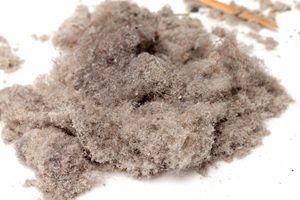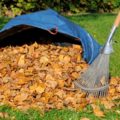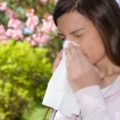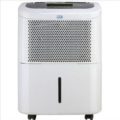
As we've reported previously on this blog, the fall allergy season is expected to be more severe and longer-lasting than usual, meaning those who experience symptoms such as sneezing, itchy eyes, a stuffy nose and more need to be proactive about preventing and treating these irritating reactions.
With this in mind, USA Weekend recently published an article outlining the most common fall allergens:
Dust mites – These microscopic creatures are at their most prevalent in August, but continue plaguing allergy sufferers through the end of the year. Since they live in warm, damp areas, it's a good idea to keep humidity levels low.
Mold – Another irritant that thrives when the air is humid, this potentially hazardous fungus can cause serious health issues if you breathe it in on a regular basis.
Ragweed – "Some estimates indicate about one-quarter of all Americans are sensitive to ragweed," states the source. "It's impossible to completely avoid the allergen. Each plant can make up to 1 billion pollen grains per season — but to minimize exposure, pay attention to pollen levels and limit time outdoors when counts are high."
The best way to get ahead of the fall allergy season is to schedule an appointment with a specialist who can help you determine which irritants you're allergic to and how you can prevent and treat symptoms. Then, in addition to taking any medication that has been prescribed to you, there are products you can buy for your home that can improve your overall quality of life. Hypoallergenic bedding, for example, will stop allergens from affecting you while you're sleeping.









